Best Apple Pro Display XDR alternatives in 2025
You don't have to spend a small fortune on a quality display.
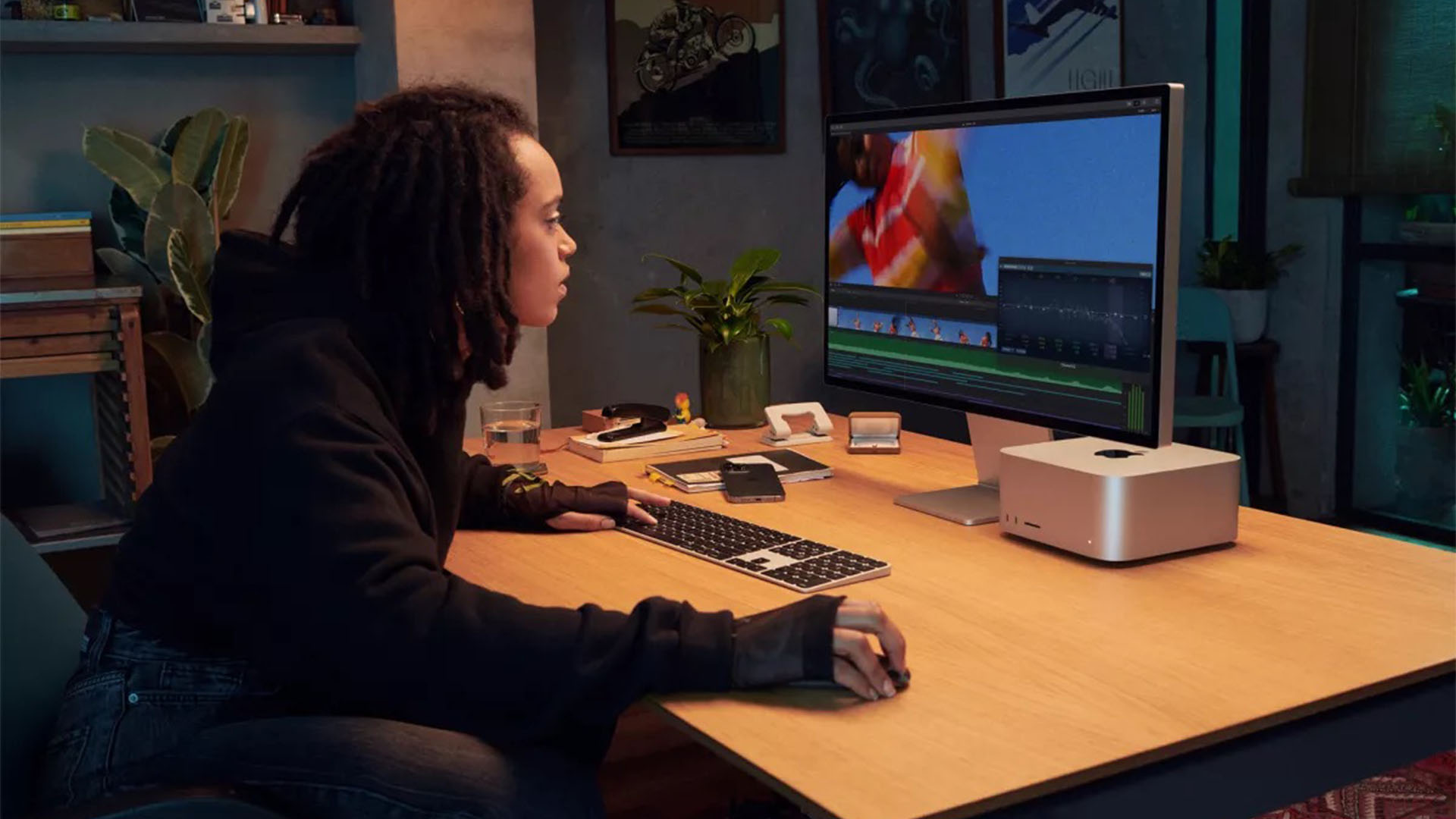
Quick List
1. Best Overall
2. Best Budget
3. Best Apple Alternative
4. Best 8K
5. Best 5K
Finding the best Apple Pro Display XDR alternative is a tricky business. Apple's behemoth 6K monitor is one of only two mainstream monitors on the market that offer that 6144 x 3456 resolution. Fortunately, the other contender is significantly cheaper and a very solid alternative contender. Beyond that, however, you'll have to sacrifice at least some of that hefty resolution in order to find a worthy alternative.
So if you've had your eye on Apple's Pro Display XDR but simply can't justify that $4,999 price tag, where else can you turn? We've rounded up alternatives from Dell, Samsung, and indeed Apple, given its 5K Studio Display is a worthy alternative for some people.
If you're not sure whether the Pro Display XDR or a cheaper alternative is for you, consider what you'll be using your Mac for. If you need a display for the most intensive graphic work imaginable, you're in the right place. The Pro Display XDR boasts immense contrast, brightness, and detail, something each of these alternatives also offer in part, if not as a whole package. With that in mind, here are the best alternatives to Apple’s Pro Display XDR out there right now.
Quick list
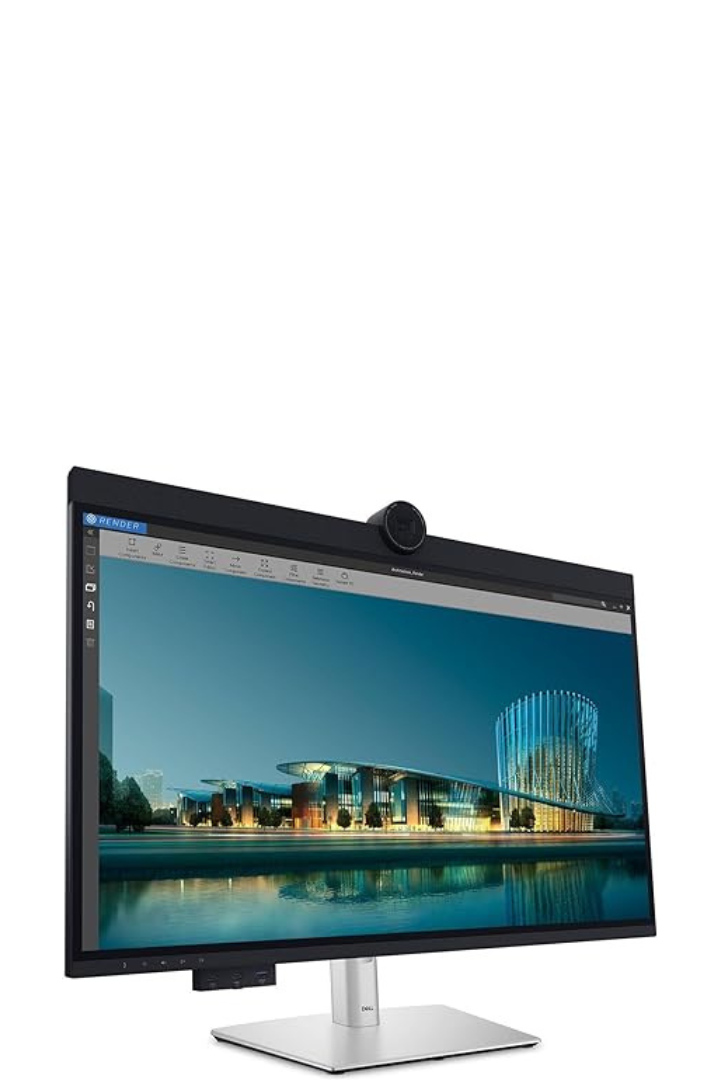
Best Overall
At $1,500 under the cheapest version of the Apple Pro Display XDR, Dell’s UltraSharp U3224KB is a 6K monitor coming in at 32 inches capable of everything you can throw at it. Though its contrast ratio is lower than Apple’s max offering and less bright, its resolution is just as high and it even comes with a built-in 4K webcam and speakers.
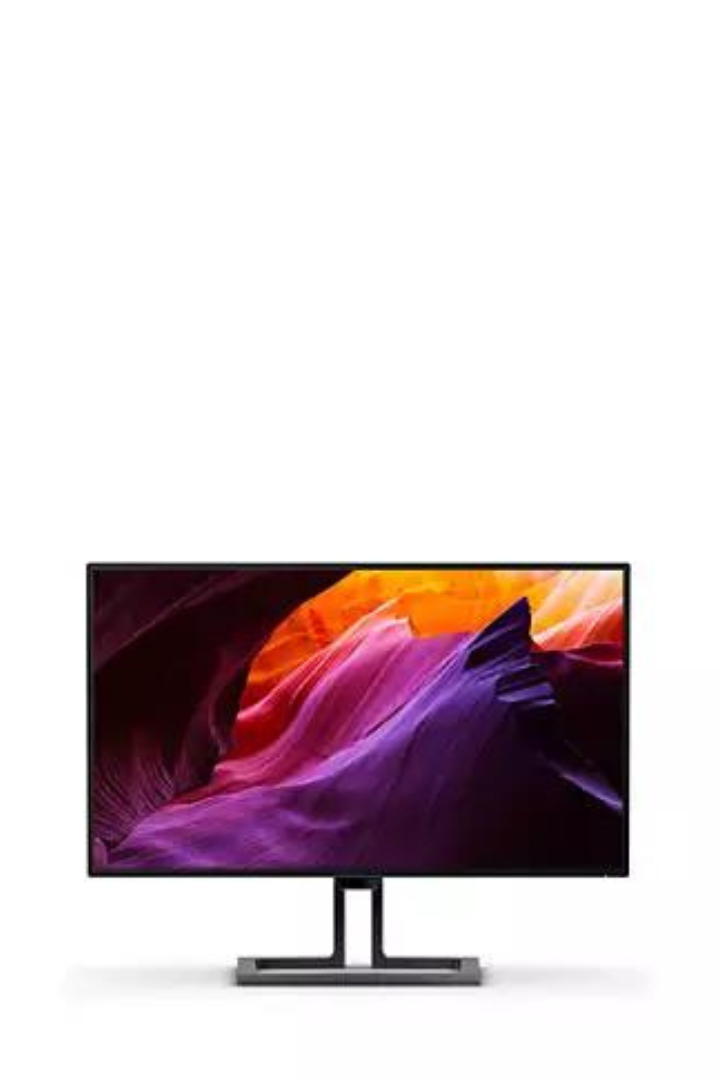
Best Budget
As one of the very best 4K monitors for Mac, you are missing out on the superior resolution of the Apple Pro Display by getting this but, in return, you get excellent build quality, a DisplayHDR 1400 capable screen, and support for 1.07 billion colors. It also has tons of connections via a Thunderbolt 4 connector, 2 HDMI leads, and a DisplayPort for fitting into your current setup easily.
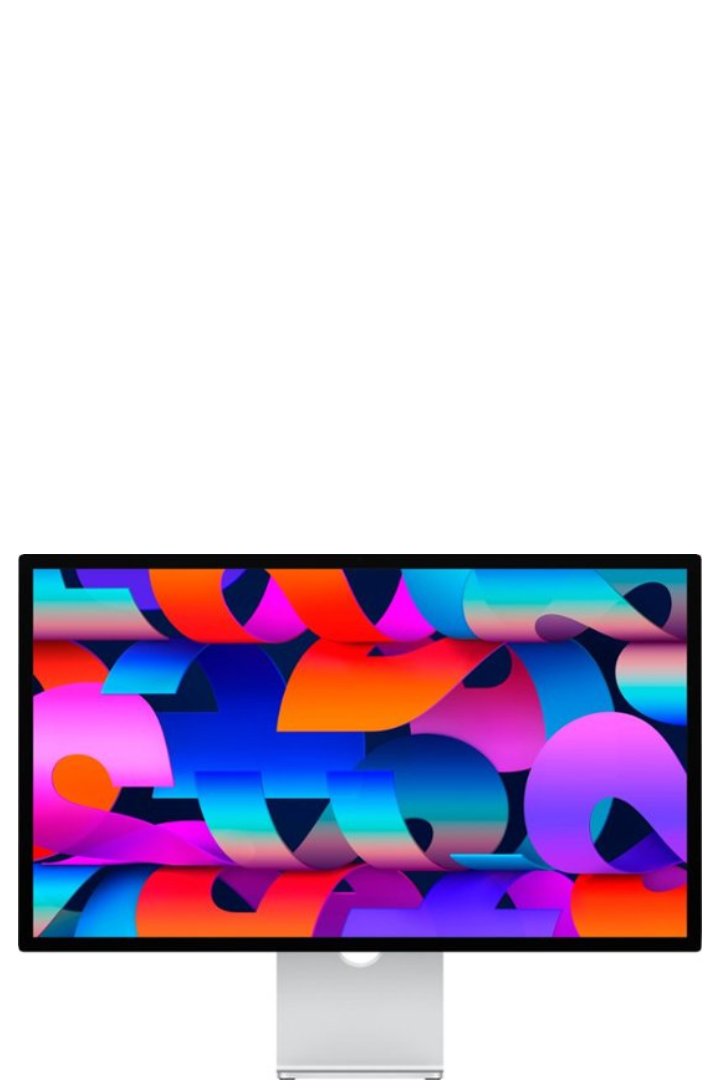
Best Apple Alternative
Though the Apple Studio Display is only 5K, 27 inches, and with a peak brightness of 600 nits, these are the main downgrades that justify that nearly $3500 price difference. It’s still a fantastic screen capable of displaying almost 15 million pixels at 218 pixels per inch. It also has a webcam and speakers, unlike the Pro Display XDR. If you aren’t looking for specifically 6K and don’t mind going without HDR, this screen is an absolute winner.
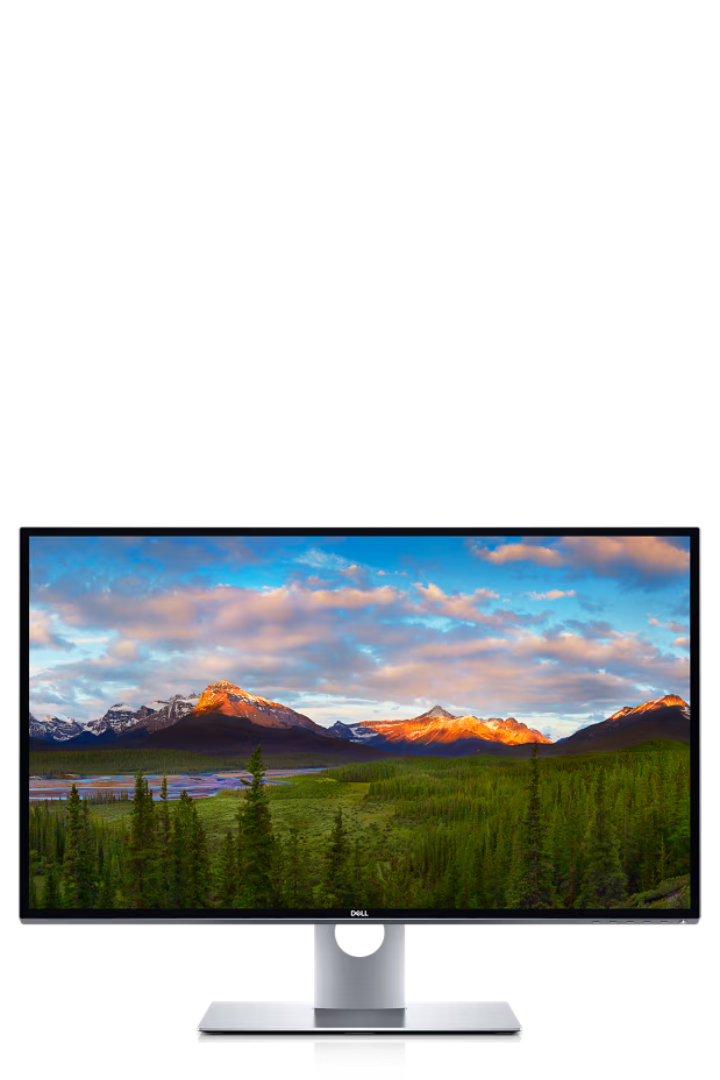
Best 8K
Dell’s Ultrasharp UP3218K has a whopping 8K 32-inch LCD display with IPS technology and support for 1.07 billion colors. It’s the first monitor of its size and resolution in the world with a 33.2 million pixel resolution. If you are working with tons of color or need to edit pictures with pinpoint precision, it is a beautiful display with a stand capable of tilting the screen 180 degrees.
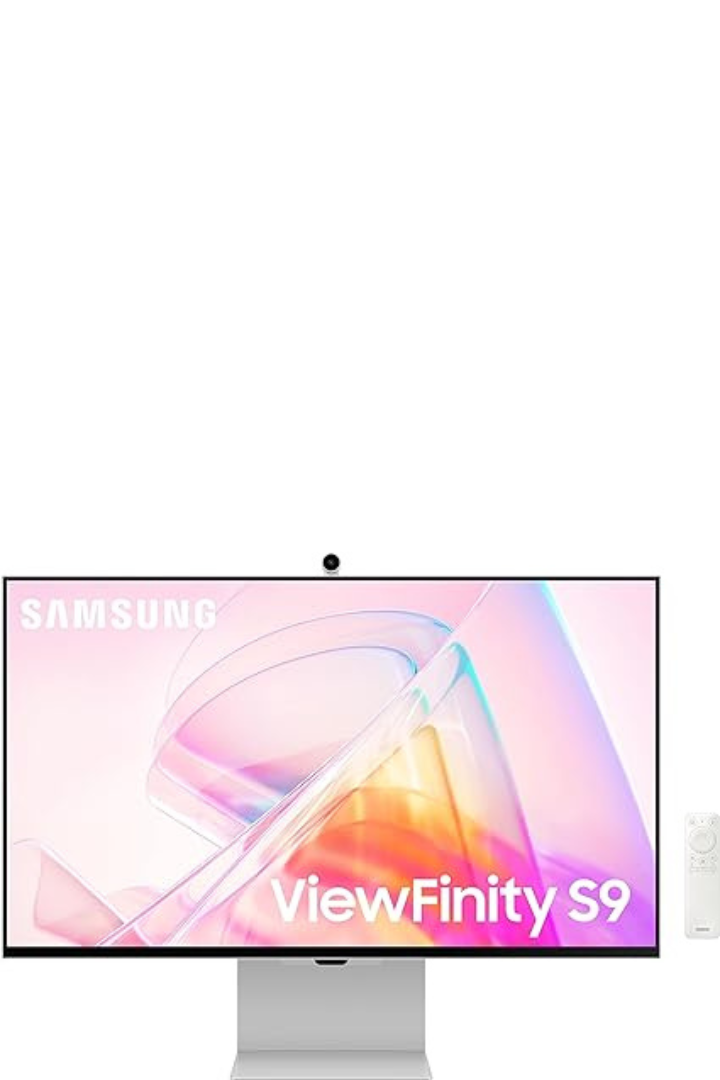
Best 27 inch
Samsung’s ViewFinity S9 is a bit smaller than our other entries here and is only 5K but makes up for this with an excellent price point, HDR support, and a super solid build with anti-glare protection, and even a built-in 4K webcam. If you want something smaller, and good for a video chat, whilst also being able to edit colors and adjust images with accuracy, this is a super solid choice at a good price.
Best Overall
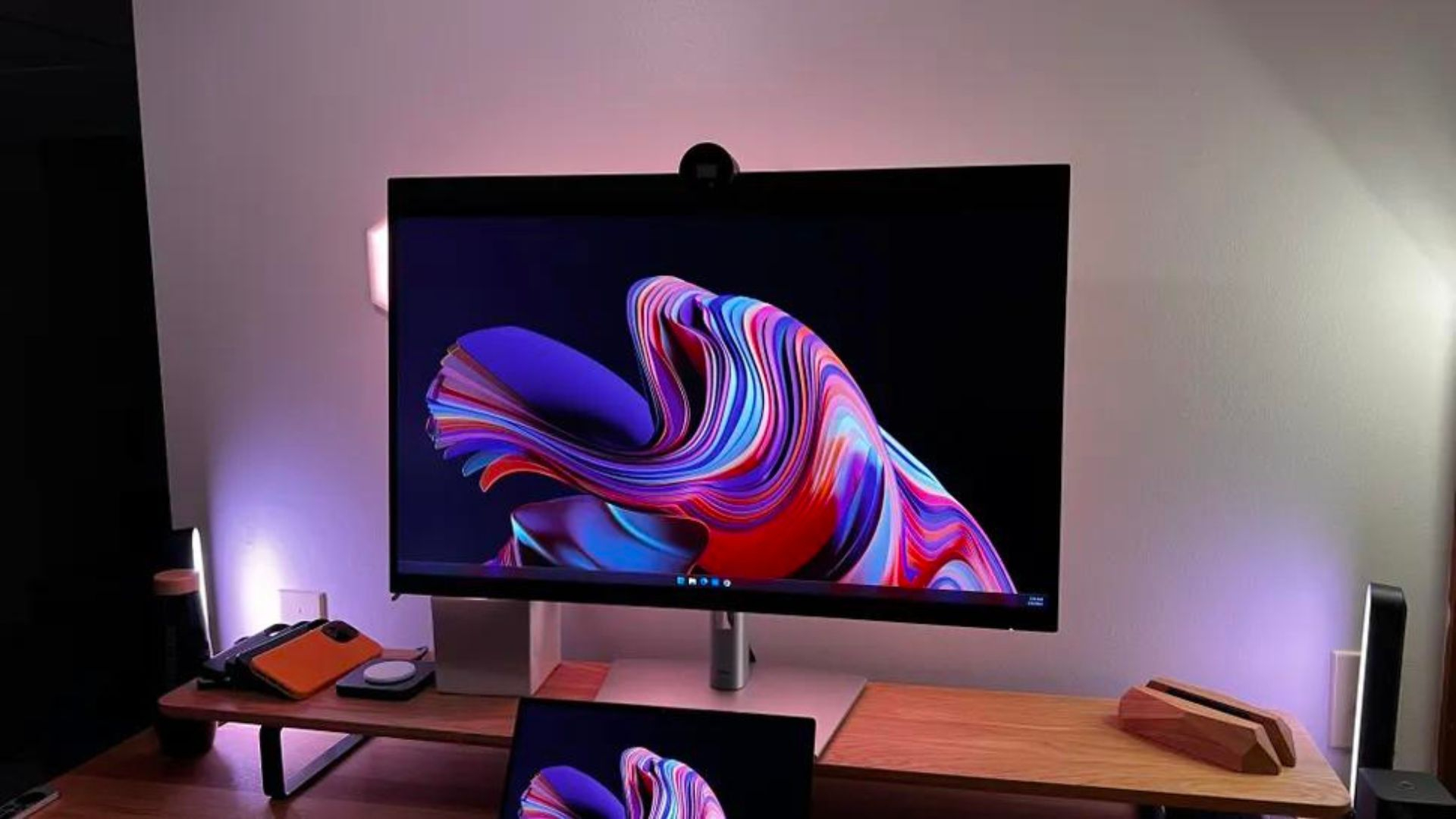
1. Dell UltraSharp U3224KB
Specifications
Reasons to buy
Reasons to avoid
Dell’s UltraSharp U3224KB is a bit less bright than Apple’s premium choice and offers a much lower contrast ratio. However, it is a lot cheaper, offers the same 6K resolution, comes with support for 1.08 billion colors, and has some excellent features like anti-glare, a built-in microphone, a 4K webcam, and speakers. It also has a -30°/+30° swivel angle, a -5°/+21° tilt angle, and a -90°/+90° rotation angle, allowing you to hold it at almost any angle you could want. If you are someone who likes to customize the setup of your screen depending on the work you are doing, you can save multiple profiles on the monitor, which can then be flitted between to get different settings easily.
Dell boasts that this monitor is the “world’s first 6K IPS black panel technology monitor”, giving up to 156% more pixels than a 4K monitor, and this, when working with its very impressive static contrast ratio of 2000:1, allows for incredibly accurate and vivid colors. If you are a professional working with colors, this is an excellent choice for a monitor and can even work in a more casual environment thanks to a breadth of ports.
Our friends over at Tom’s Hardware gave the Dell UltraSharp U3224KB a positive review stating “It provides the sharpest image I’ve ever seen along with solid contrast and accurate color”. You can try it yourself for much cheaper than Apple’s choice.
Best Budget

Specifications
Reasons to buy
Reasons to avoid
You will be getting a resolution downgrade here and a smaller display but you get an otherwise excellent screen with fantastic build quality and tonnes of connectivity options with compatibility for DisplayPort, HDMI, and Thunderbolt 4. It helps that it’s even a few hundred dollars cheaper than the comparatively affordable Apple Studio Display. Like the others on this list, it has IPS technology but it also comes with a super cool “PowerSensor” which can detect when you are sat in front of it, reducing brightness when you are away to preserve power. It’s a nice little function that should help you save on your energy bills and will help the lifespan of the monitor.
Capable of 1400 cd/m brightness in its HDR mode, it’s a super bright and clear monitor that looks fantastic in pretty much every setting. It is also a surprisingly capable dock in disguise, thanks to the grouping of connections. You can essentially plug anything you want into it and the 90W power delivery can keep your best Mac going at the same time.
In our glowing 4.5-star Philips 27B1U7903 review, we said “If you spend your hard-earned cash on the Philips 27B1U7903 you will not be disappointed. It has display quality to die for, ports aplenty, and great build quality. You will lose out on some things but, for that price, it makes up for it.
Best Apple alternative

Specifications
Reasons to buy
Reasons to avoid
The Apple Studio Display is a flawed yet excellent monitor that excels in all the places Apple is known for. It looks fantastic, has excellent build quality, and is super easy to set up thanks to the ability to get it hooked up to your Mac with just a Thunderbolt cable. As it is created by Apple, it will get automatically updated as you plug it into a Mac and just works easily. Its 5K Retina display is capable of 1 billion colors and 14.8 million pixels, which really pop despite the relatively low 600 nits of brightness.
It comes with True Tone, allowing for a more natural look, which will change color temperature and brightness based on ambient light and its anti-reflective coating makes up for that lack of brightness. As well as this, nano-texture glass allows for less glare from any light source. It does unfortunately suffer in its camera and speaker quality, which are significantly less good than the screen would imply. It is also missing HDR and ProMotion, both of which can be currently found on the iPhone 15 Pro Max, the best iPhone right now
In our 3.5-star Apple Studio Display review, we said “Important drawbacks give this display a rating much lower than perhaps we expected. However, there are plenty of reasons to consider sitting this display next to your new Mac Studio or other Mac.” There are better choices on this list but if you’re looking for something with that distinctive Apple charm and design language, this is still a solid choice.
Best 8K

4. Dell UltraSharp UP3218K
Specifications
Reasons to buy
Reasons to avoid
Dell’s Ultrasharp UP3218K is an incredibly impressive monitor capable of 33.2 million pixel density. Being the first 31.5-inch 8K monitor in the world, it allows users to see “four times more content than Ultra HD 4K” and “sixteen times more than content than Full HD” according to Dell. Dell’s premier Color offers 100% Adobe RGB, 100%sRGB, and 98%DCI-P3, for incredibly accurate colors. Thanks to Dell’s InfinityEdge, it also has a surprisingly small border, allowing for even more screen real estate on the monitor.
If you are someone who likes to swivel your monitor to both horizontal and vertical, you can do that with Dell’s choice, thanks to a wide range of motion and super strong build quality. This is an excellent choice for professionals that is only held back by how impressive that 8K resolution is. It’s the type of monitor you may want to upgrade your rig for.
Our friends at TechRadar gave the Dell UltraSharp UP3218K a positive review, stating “The Dell UltraSharp UP3218 is an absolutely stunning monitor that combines incredibly high resolutions with gorgeous colors”. Though it is quite a bit of money for a non-Apple monitor and you will likely be limited by your choice of PC, thanks to 8K still being an emerging resolution type, it’s a truly excellent display almost unparalleled in the market, due to that resolution.
Best 5K

5. Samsung ViewFinity S9
Specifications
Reasons to buy
Reasons to avoid
Being an arguably better choice than Apple’s own Studio Display and capable of displaying HDR content, Samsung’s ViewFinityS9 is a great monitor that is a little smaller and significantly cheaper than the Apple Pro Display XDR. It does lose out a little with a standard brightness of 600cd/m and the 5K resolution is a good bit lower than Apple’s best. However, support for 1 billion colors, sRGB coverage of 100%, and an included 4K webcam ease that blow a little.
Connectivity is a particular high point of the Samsung ViewFinity S9, thanks to a Thunderbolt 4 connection, Mini DisplayPort, and three USB-C ports. As well as this, it can be hooked up to Apple AirPlay and a whole host of smart apps to allow users to use it wireless with their Macs. This means it can fit into a super clean desk setup very easily and can even be used from a bit of a distance.
This is a very good choice if you’re looking for a slightly smaller display and want to connect it to a few more devices, but still want to do professional-level color grading or editing. It even comes with a game mode, which allows for a lower response time — a great addition if you play some of the best Mac games.
Thunderbolt 3 vs. USB-C displays
USB-C and Thunderbolt 3 both utilize the same reversible port, leading to a lot of confusion surrounding the two protocols. While a USB-C port and a Thunderbolt 3 port look the same, Thunderbolt 3 has some extra hardware compared to the more widely adopted USB-C. The biggest and most significant difference is that Intel developed Thunderbolt 3. It offers high-bandwidth data transfers between devices, with maximum transfer rates of 40Gbps — on a plain USB-C connection, you won't get transfer rates this fast.
If your workflow needs the fast transfer speeds or daisy-chaining capabilities of Thunderbolt 3, I would suggest the LG UltraFine 4K Display. It has two Thunderbolt 3 ports and an additional 3 USB-C ports, giving you a ton of space to plug in your favorite accessories. There's also the Samsung ViewFinity S8 Series with its vibrant colors and plethora of options.
If you prefer an ultrawide monitor, the LG 38WN95C-W is one of the best external monitors we have used. It comes with USB-A and HDMI ports, has a fantastic-looking display, and can even provide power delivery up to 94W, meaning most MacBooks will stay charged up when plugged into the monitor.
If you're looking for a new monitor but don't need one that rivals Apple's Pro Display XDR 2022, then take a look at our best 4K monitors for Mac guide.
iMore offers spot-on advice and guidance from our team of experts, with decades of Apple device experience to lean on. Learn more with iMore!

James is a staff writer and general Jack of all trades at iMore. With news, features, reviews, and guides under his belt, he has always liked Apple for its unique branding and distinctive style. Originally buying a Macbook for music and video production, he has since gone on to join the Apple ecosystem with as many devices as he can fit on his person.
With a degree in Law and Media and being a little too young to move onto the next step of his law career, James started writing from his bedroom about games, movies, tech, and anything else he could think of. Within months, this turned into a fully-fledged career as a freelance journalist. Before joining iMore, he was a staff writer at Gfinity and saw himself published at sites like TechRadar, NME, and Eurogamer.
As his extensive portfolio implies, James was predominantly a games journalist before joining iMore and brings with him a unique perspective on Apple itself. When not working, he is trying to catch up with the movies and albums of the year, as well as finally finishing the Yakuza series. If you like Midwest emo music or pretentious indie games that will make you cry, he’ll talk your ear off.
